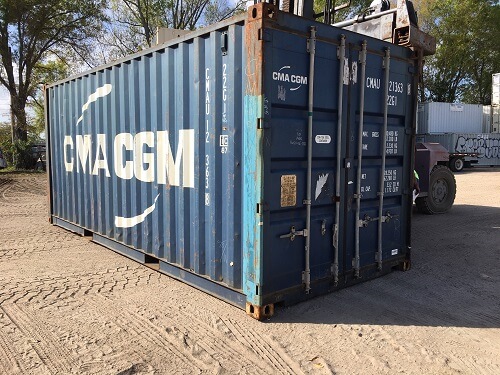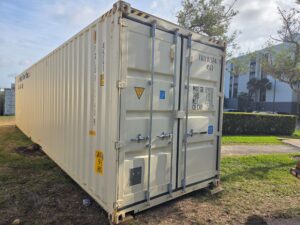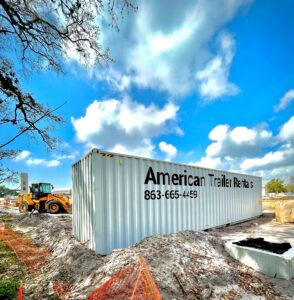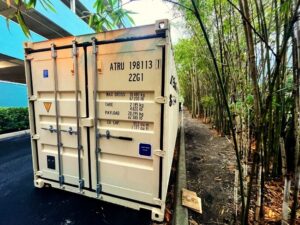Inspecting A Shipping Container
Before you read this blog article, be sure to check out How to Inspect a Shipping Container – Part 1 which outlines how to choose the right container supplier. Finding the right container supplier will directly affect your price and the condition of the shipping container you’re looking for.
Dents & Dings on a Shipping Container
Used shipping containers almost always have dents and dings on them. This is normal, especially if a shipping container was previously used at a port. Container dings can vary in size and intensity which means they can be harmless or they can lead to damage. A dent that has deeply scraped the box may remove the paint which means this area will rust in the future. If that occurs on the side of the box, it’s generally not going to harm the structural integrity of the box. However, if there is a ding on the roof of the container where water can pool, the water may eventually cause this spot to rust. This would be an area of concern because over time that water and rust combination may form a hole in the roof of the container. So don’t be scared of minor or even major dents, but keep an eye out for deep dings on the roof of the container.
Holes in a Shipping Container
Holes in a shipping container are never good! Water will enter your box and damage the goods inside. A quick way to check for holes in a shipping container is to go inside during the day and shut the door behind you. If you see light coming in, then it may be a hole! Light should only enter the container where the vents are located. Other than that, it should be nearly pitch-black inside. At American Trailer Rentals, all of our boxes are hole-free and watertight.

Feeling lazy and don’t want to read Part 3? Then give us a call and we’ll talk you through the rest!







